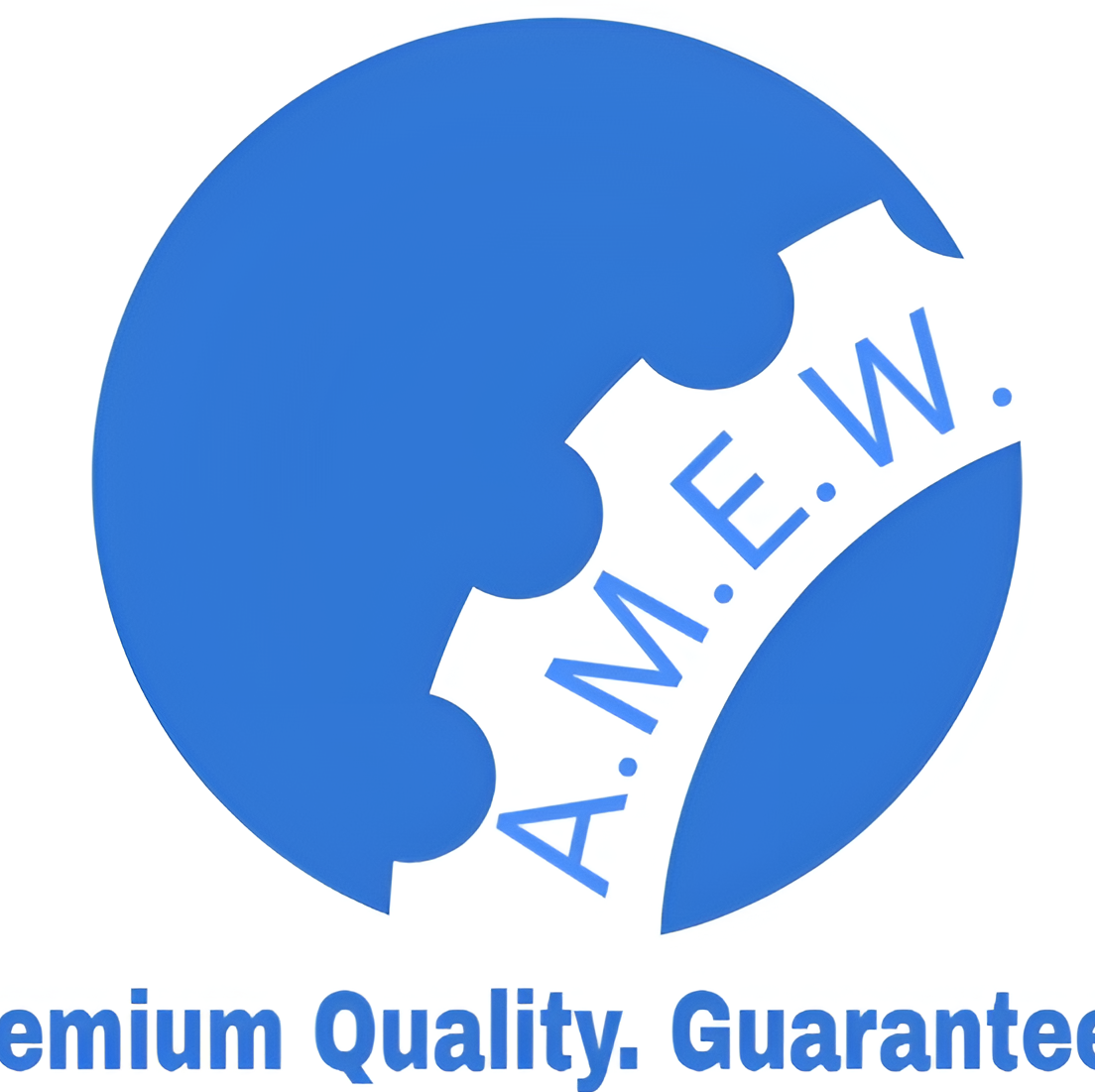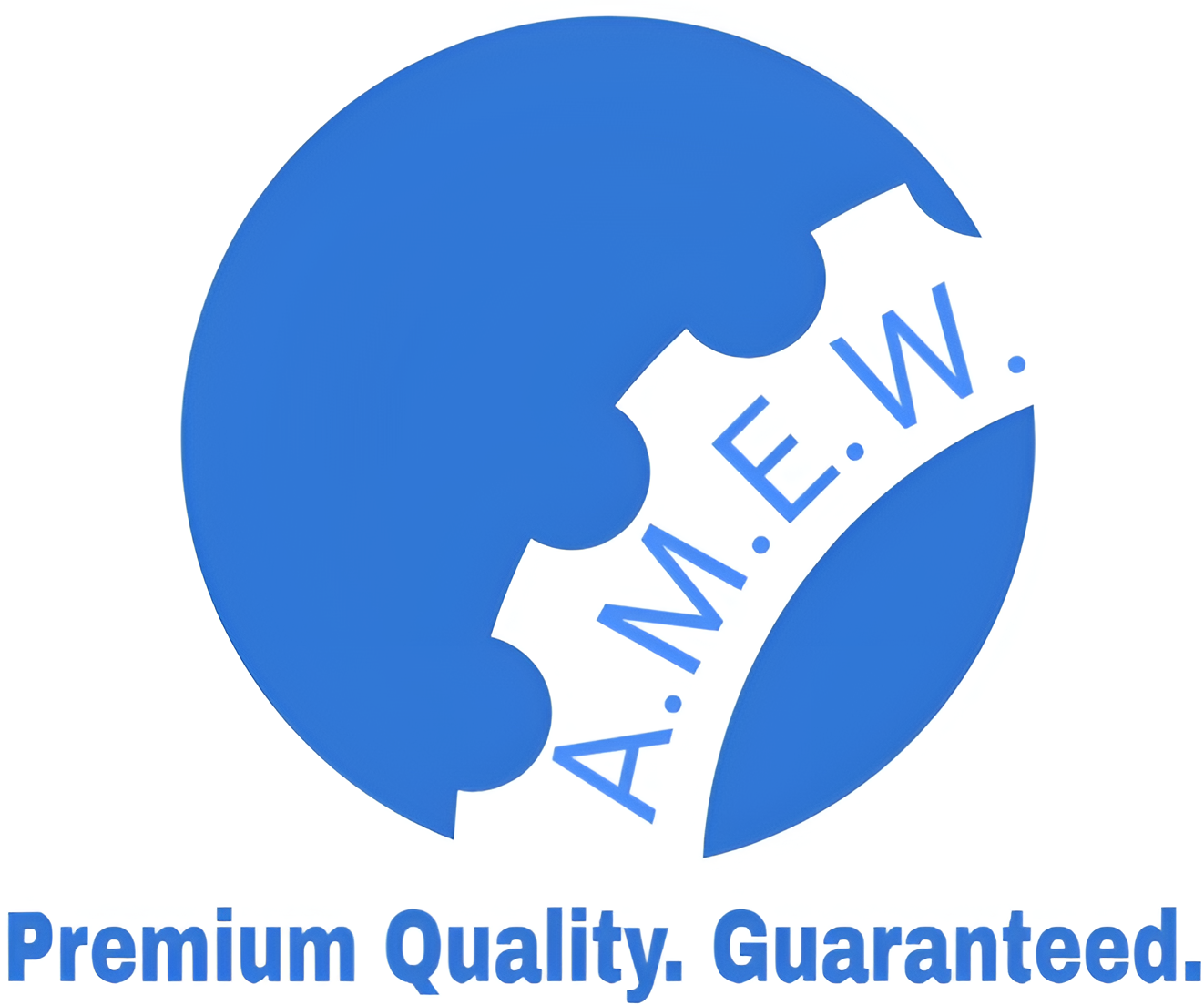Understanding API 5L Grade B Pipe and Its Role in Industry
Introduction to API 5L Grade B Pipe
Pipelines are the lifeblood of numerous industries, from oil and gas to water transportation. Among the materials that drive these industries, API 5L Grade B pipe stands out as a key player. Specifically designed for the transportation of oil, gas, and water, this type of pipe adheres to industry standards set forth by the American Petroleum Institute (API). But what makes API 5L Grade B pipe so widely used?
This blog will take a deep look at why API 5L Grade B pipe is critical to various industries. From its chemical composition to its practical applications, you’ll gain a complete understanding of its importance, strengths, and emerging trends.
Chemical Composition and Mechanical Properties
API 5L Grade B pipe is built to balance strength, durability, and performance, and it achieves this through its carefully crafted chemical composition.
- Chemical Composition: The pipe primarily comprises carbon, manganese, phosphorus, and silicon. This combination ensures durability, while restrictions on sulfur and phosphorus impurities maintain a higher standard of quality.
- Mechanical Properties: It offers a minimum yield strength of 245 MPa (megapascals) and a tensile strength of 415 MPa, making it robust enough to withstand high-pressure environments.
What really sets API 5L Grade B pipe apart is its versatility. Available in both seamless and welded forms, it is adaptable to a wide range of industrial needs.
The Manufacturing Process
The quality and performance of API 5L Grade B pipe are the results of a rigorous manufacturing process. Here’s a general overview of how these pipes are made:
- Material Selection: High-quality raw materials are selected to meet the specific chemical and mechanical requirements.
- Forming: Depending on the type (seamless or welded), the steel is either molded into shape or fused at the seam.
- Heat Treatment: Pipes undergo a heat-treatment process to enhance their strength and durability.
- Hydrostatic Testing: Each pipe is tested for pressure resistance to ensure it meets industry standards.
- Nondestructive Examination (NDE): Advanced techniques like ultrasonic or radiographic tests are used to detect any internal flaws.
- Coating and Final Inspection: A protective coating is applied, and the finished product undergoes a final quality inspection before packaging.
Consistent quality control throughout these steps ensures that API 5L Grade B pipe meets rigorous industrial requirements.
Applications of API 5L Grade B Pipe
API 5L Grade B pipe is a go-to material in multiple industries, owing to its exceptional strength, reliability, and ease of use. Here are some of its key applications:
Oil and Gas Sector
The energy sector uses these pipes for onshore and offshore transmission of crude oil, natural gas, and refined products over long distances.
Water Transmission
Municipal water pipelines often use API 5L Grade B pipes for their strength and corrosion resistance, even when transporting water across significant distances.
Structural Applications
From supporting beams to foundation piles, API 5L Grade B pipes are used in structural projects where durability and load-bearing capacity are critical.
Advantages and Disadvantages
Like any material, API 5L Grade B pipe comes with its own set of pros and cons.
Advantages
- High Strength-to-Weight Ratio: Ideal for high-pressure applications without adding unnecessary bulk.
- Cost-Efficiency: Compared to higher-grade pipes, Grade B offers excellent performance at a more affordable price point.
- Versatile: Suitable for a wide range of applications across multiple industries.
Disadvantages
- Corrosion Vulnerability: While it can be mitigated with coatings, the material is still susceptible to corrosion over time.
- Not Ideal for Extreme Conditions: Its performance may fall short in ultra-high-pressure or -temperature environments compared to other, more specialized materials.
Best Practices for Installation and Maintenance
Ensuring proper installation and routine maintenance are important for maximizing the lifespan and performance of API 5L Grade B pipes.
- Installation Best Practices
-
- Site Inspection: Conduct a thorough review of the installation site to ensure proper alignment and safe conditions.
- Proper Alignment: Use precision tools to align pipes correctly, avoiding stress points that could result in long-term damage.
- Joint Testing: Test welds or threaded joints for leaks during installation to correct any issues upfront.
- Maintenance Tips
-
- Regular Inspections: Employ ultrasonic inspections to check for internal flaws.
- Corrosion Prevention: Apply anti-corrosion coatings and cathodic protection systems to extend the lifespan of underground pipes.
- Routine Cleaning: Use pigging tools to remove buildup and ensure the unimpeded flow of materials.
Standards and Certifications
To maintain consistency and reliability across industries, API 5L Grade B pipe is subject to various standards and certifications. These include compliance with ISO 3183 for pipeline materials and additional international standards such as ASME and ASTM. These standards guarantee quality and make the pipes acceptable for global projects.
Real-World Example Projects
Case Study 1
Oil Pipeline in Canada
A Canadian energy company opted for API 5L Grade B pipes for an extensive oil transmission project. The low cost and high reliability of the pipes enabled the company to deliver crude oil safely over thousands of kilometers.
Case Study 2
Municipal Water System in California
A water utility in California selected API 5L Grade B pipes for upgrading its outdated infrastructure. The corrosion-resistant properties reduced leaks and maintenance costs significantly.
Future Trends in API 5L Grade B Pipe
Looking ahead, advancements in materials, manufacturing, and integration with emerging AI technologies are likely to optimize the performance of API 5L Grade B pipes. Because industries are placing greater emphasis on sustainability, there’s a growing push to create recycled or eco-friendly alternatives while maintaining the robust performance characteristics of traditional materials.
Additionally, increased automation in production will likely result in consistent quality and shorter lead times, benefitting industries that rely on rapid deployment.
Choosing API 5L Grade B Pipes for Your Projects
API 5L Grade B pipe has established itself as a reliable, versatile, and cost-effective solution across numerous industries. Its robustness makes it the material of choice for pipelines transporting vital resources, supporting infrastructure, and even demanding structural projects.
With proper installation and maintenance, these pipes can deliver decades of reliable performance. If you’re planning your next project, take advantage of their durability, versatility, and affordability to achieve lasting success.

